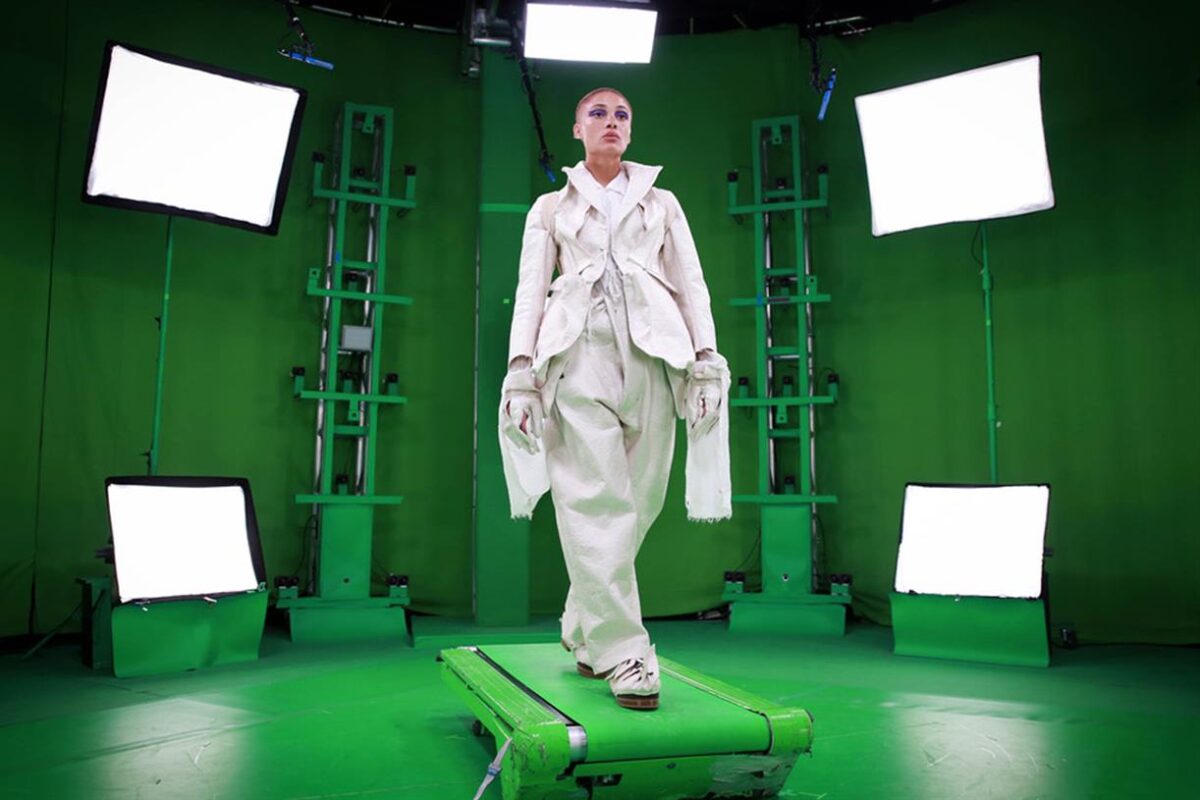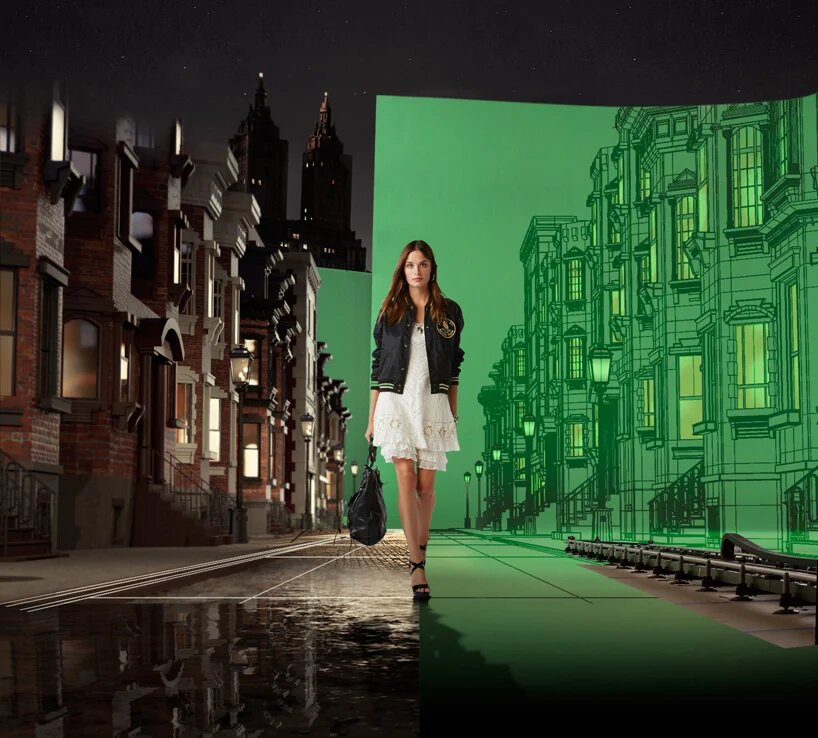The impact of COVID-19 is shifting the traditional fashion runway show to a digital and virtual presentation model. However, this does not mean they are automatically more sustainable and eco-friendlier.

For so long, a fashion week is a staple event on the industry calendar. The pandemic holds no exception for the endless cycle of fashion shows. Although now, fashion is presented in a different way, like the London Fashion Week going digital earlier this year. The move to the digital showroom is championed by the industry’s desire to increase sustainability, as well as cater to their audience at this time. The key figures in the industry also take this chance to call for less travel and to “review and adapt fashion shows”, according an open letter.
But fashion shows moving online do not mean there will be no carbon footprint.
The founder of Helsinki Fashion Week, Evelyn Mora told Vogue, “There’s a very big misconception that when you go digital, it’s automatically sustainable.” Which is simply not the case.
Such a new phenomenon with no current data on the environmental impact of the digital fashion week. So, Mora enlisted Normative, a tech company to calculate the carbon footprint of the online Helsinki Fashion Week. The comparison of digital and physical fashion show can afford new insight on how to do things differently.
Calculating how ‘green’ the digital fashion show is
The information and communications technology sector is contributing around 2% of global greenhouse gas emission (as harmful as the aviation industry). But the most important is the invisible infrastructure behind fashion week. The production behind including video, data centres and servers. Also, the technology that is commonly used in nowadays – 3D and VR effect are raising the impact on the environment.
To generate the best content in the online fashion room, the digital components are expanding to reach the max. Utilizing technology is becoming increasingly necessary, at once, all the hard work behind surprise by its scale and operation. As it requires a lot of logistics to support the massive running computers.
Whereas the final result is still waiting after the fashion show to take place. However, the initial finding showing the preparations are having a much heavier carbon footprint compared with the physical event. The result will also consider the number of virtual attendees. It is a factor that may lower the average carbon footprint.

It’s not about choosing between digital and physical
Data are showing the truth with a direct comparison. But the value of the physical show is still existing, and it is essential to embrace this tradition. Facing the necessity of transferring fashion into a digital version, it is the time to revolutionize and explore what a fashion show looks like.
“What is exciting for us isn’t specifically one alternative or another, but the exercise of mixing options in order to produce the right format for each project, for each client, according to their DNA and their needs … there will be no ready-made but only tailor-made options,” said Etienne Russo, the founder of Villa Eugenie which produces shows for Chanel and Burberry.
The exclusive practice of digital and physical fashion shows can live parallel, which has huge potential in the world of ‘phygital’. The idea is poetic but the fashion industry is moving forward working on sustainability in both digital and physical elements. Taking sustainability with digital tools to strengthen the industry and bringing more possibilities.
Fiction film and video games are creating the utopia beyond our physical reality, so can virtual fashion do the same?
Subscribe to FIB’s Weekly Alchemy Report for your weekly dose of music, fashion and pop culture news!






